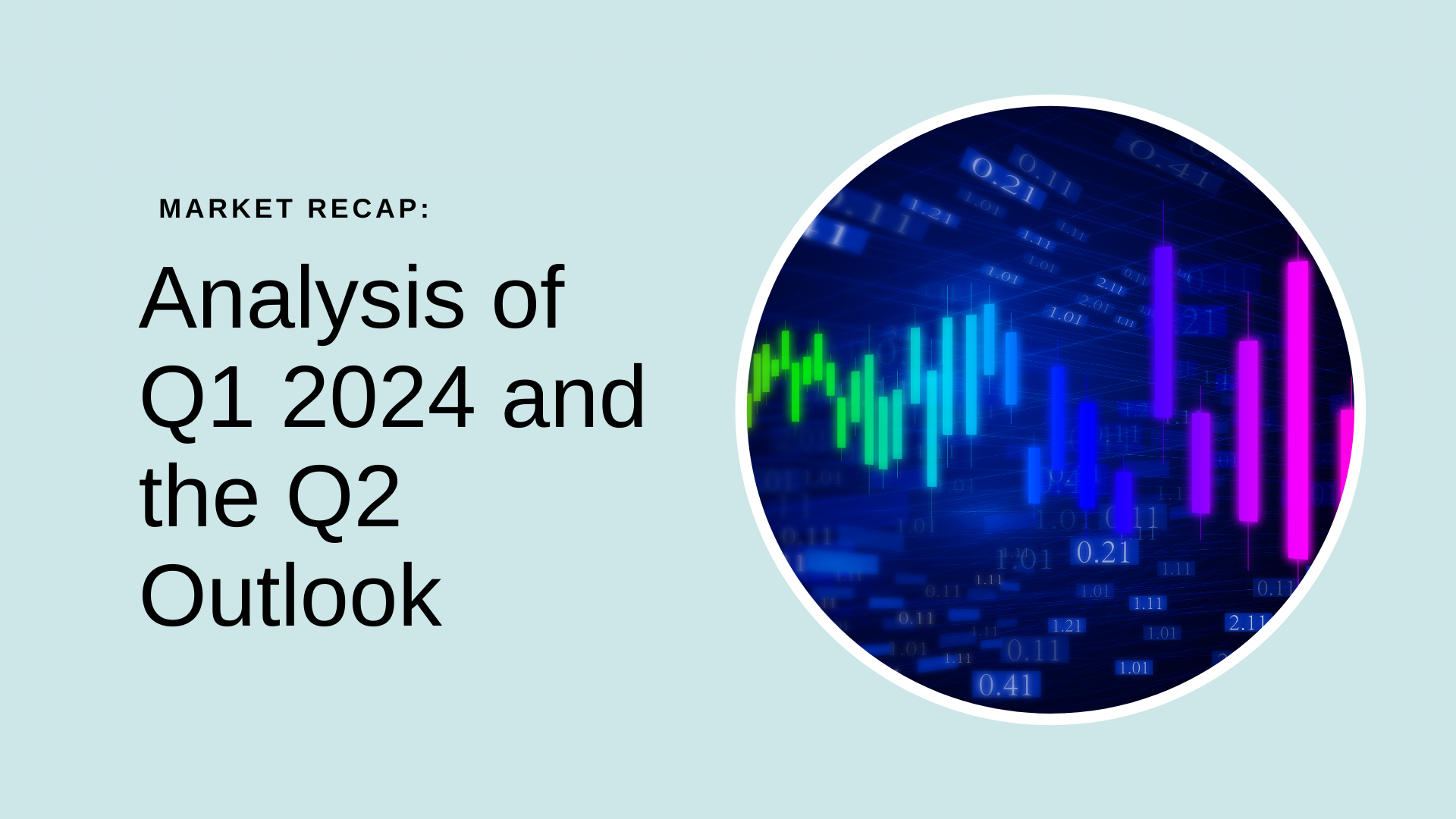Interest rates play a crucial role in the US economy, influencing borrowing costs, consumer spending, and business investments. As the Federal Reserve adjusts interest rates in response to economic conditions, the impact on consumers and businesses can be significant. In this article, we explore the effects of rising interest rates on various aspects of the economy.
Consumer Borrowing
With increasing interest rates, the cost of borrowing for consumers rises. This directly affects mortgage and credit card rates, and student, auto, credit, and personal loans. Higher interest rates can lead to reduced affordability for consumers, affecting their purchasing power and potentially slowing down consumer spending. Another factor to consider while analyzing consumer borrowing trends is the inflation rate. More recently, we have observed that the inflation rate has been high leading to the need for borrowing to fulfill purchases. This puts people in a difficult position as they have very little choice except from borrowing and have to pay a high interest rate on those loans.
Mortgage Market
The real estate market is particularly sensitive to interest rate changes. As rates rise, the cost of financing a home or office building purchase increases, making it more expensive for potential buyers. This can dampen demand in the real estate market and impact property sales and prices.
The Mortgage Bankers Association of America’s Mortgage Application Survey (chart below) is a comprehensive overview of the nationwide mortgage market and covers all types of mortgage originators, including commercial banks, thrift institutions, and mortgage banking companies.
Credit Card Debt
For consumers carrying credit card debt, higher interest rates mean higher monthly payments. As interest charges increase, it becomes more challenging for consumers to pay down their debt, potentially leading to increased financial strain. Additionally, due to lack of liquid capital with increasing prices, people tend to use credit cards more to fund their livelihood. More recently, the credit card debt in the US hit $1T (highest since 20Y)
Savings and Investments
While rising interest rates can be a burden for borrowers, they can be a boon for savers. Higher interest rates mean higher returns on savings accounts, certificates of deposit (CDs), and other fixed-income investments. This can encourage saving and provide an incentive for individuals to put their money in interest-bearing accounts. Post Covid-19, the savings rate reached the all-time-low territory and spending surged. This was due to multiple factors including a strong job market, high wage growth, and stimulus payments. The savings rate reversed its course as the Fed raised the interest rates in 2022.
Business Borrowing and Investment
For businesses, higher interest rates translate to higher borrowing costs for loans and credit lines. As the cost of capital increases, businesses may scale back on investments, expansion projects, buybacks, mergers, and hiring. This can lead to slower economic growth and reduced job creation – which directly affects the return on investment in these companies. The decline in borrowing is expected to endure, as a return to a zero-interest-rate environment, characterized by free money, seems unlikely in the near future.
Stock Market
Rising interest rates can also impact the stock market. In an environment of high-interest rates there are expectations of a decline in economic growth which will have an effect on future earnings for companies. Growth stocks are relatively more vulnerable as they have longer-term cash flow horizons, hence affected more negatively by higher interest rates. As borrowing costs rise, investors may seek higher returns in safer fixed-income investments, diverting funds away from stocks. . The dividend yield of stocks also becomes unattractive. This all can lead to a decline in the stock market.
Although, more recently, we have experienced that the stock market is performing well even in this high interest rate environment. This is attributed to:
- Robust GDP Growth
- Easing Inflation
- Strong Labor Market
- Resilient Consumer Spending
Source: Bloomberg
Inflation
Higher interest rates can influence inflation rates. When borrowing becomes more expensive, consumers may cut back on spending, leading to lower demand for goods and services. This can put downward pressure on consumer price inflation. Since early 2022, The Federal Reserve has been consistently trying to bring down inflation by increasing interest rates steadily.
Source: Bloomberg
Conclusion
The impact of rising interest rates on consumers and businesses in the US is multi-faceted and complex. While higher interest rates can benefit savers, they can burden borrowers, impacting consumer spending, business investments, and the overall economy. The Federal Reserve closely monitors economic indicators to strike a balance between controlling inflation and supporting economic growth, making interest rate decisions crucial in shaping the future of the US economy. We believe that the high interest rate environment is here to stay till early 2025 when the Fed is likely to achieve the target of 2% inflation.
It is essential to monitor how these factors evolve to make well-informed investment decisions amid changing economic conditions. As an investor, you should pay attention to how you are financially prepared for such situations and we recommend checking Alphanso, an AI platform that safeguards and grows your money by creating an optimal portfolio based on your style and market dynamics.





